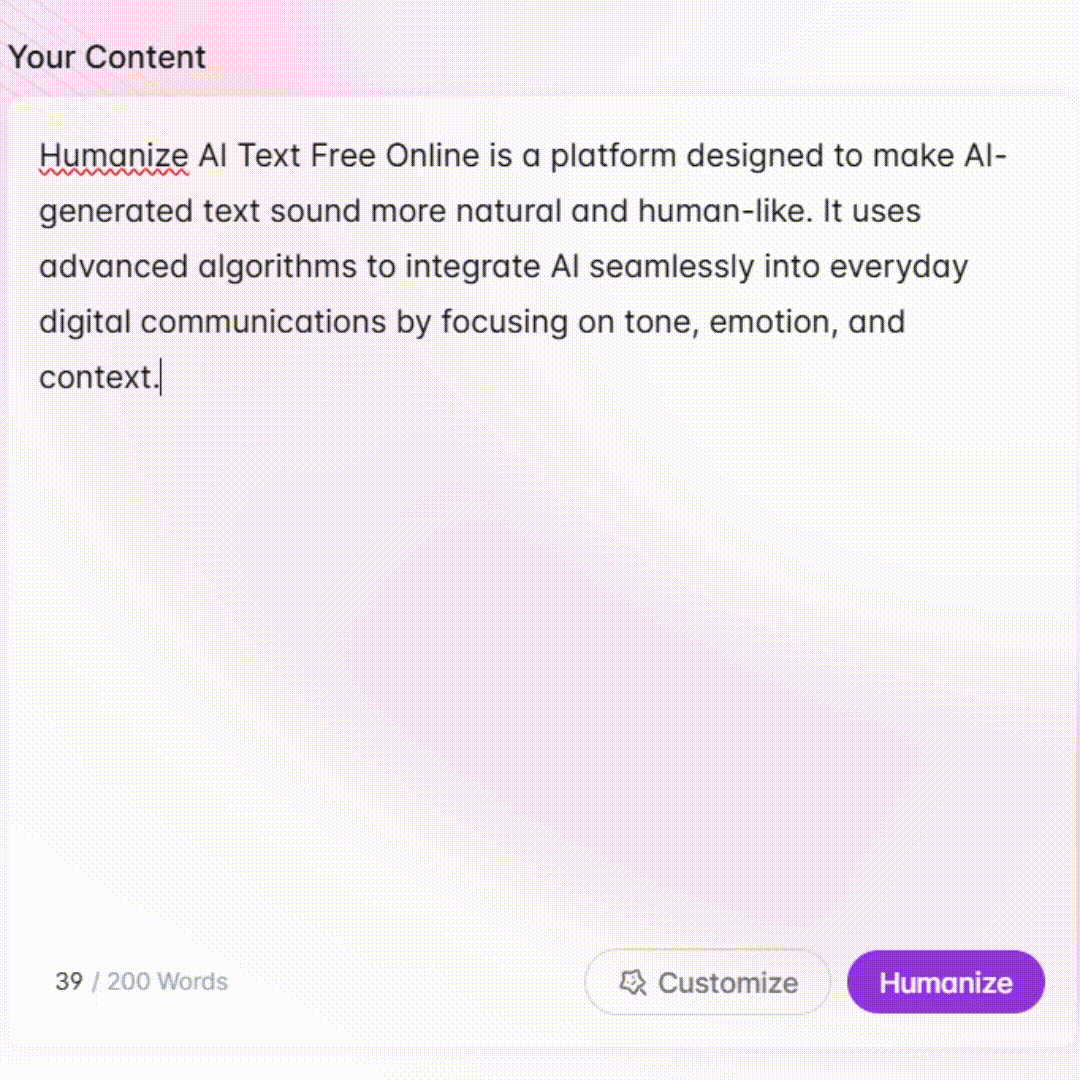
非暴力沟通技巧 - Guide to Empathetic Dialogue

Welcome! Let's explore empathy and understanding together.
Enhance communication with AI-powered empathy
Can you help me understand the difference between observation and interpretation in this situation?
I feel frustrated when my needs are not understood. How can I express this nonviolently?
How can I use Nonviolent Communication to resolve conflicts in my workplace?
What are some strategies for improving my listening skills to foster better communication?
Get Embed Code
Introduction to Nonviolent Communication Skills
Nonviolent Communication (NVC), developed by Marshall Rosenberg, is a communication approach that emphasizes compassion, collaboration, and effective interpersonal dialogue. NVC helps individuals distinguish between observations and interpretations, fostering a deeper understanding and empathy. The technique aims to identify and address underlying needs and emotions in conflicts without aggression or passivity. An example scenario is in a workplace where a manager might interpret an employee's tardiness as negligence. Using NVC, the manager would express their feelings and the need for reliability, inviting the employee to share their perspective, thereby potentially uncovering valid reasons behind the tardiness and working together on solutions. Powered by ChatGPT-4o。

Core Functions of Nonviolent Communication Skills
Enhancing Listening Skills
Example
In a family dispute where a teenager feels misunderstood, NVC techniques would encourage parents to reflectively listen, acknowledging the teenager's feelings and needs without judgment. This can transform the interaction from a confrontation to a constructive dialogue, making the teenager feel valued and understood.
Scenario
Family conflict resolution.
Facilitating Empathy
Example
In a team meeting, when a conflict arises over resource allocation, an NVC-trained leader might guide each member to express not just their strategic positions but also their personal needs and feelings. This approach helps team members understand each other's perspectives, fostering a sense of mutual respect and paving the way for a consensus-based solution.
Scenario
Workplace collaboration and conflict resolution.
Mediating Conflicts
Example
During a customer service interaction where a customer is upset about a service failure, using NVC can help the service representative to not only address the issue but also connect with the customer's feelings of frustration and disappointment. By acknowledging these emotions and the needs for assurance and reliability, the representative can create a more empathetic and effective response.
Scenario
Customer service to address complaints and improve customer satisfaction.
Ideal Users of Nonviolent Communication Skills
Managers and Leaders
Managers and leaders in various sectors can greatly benefit from NVC by enhancing their ability to mediate conflicts, foster team collaboration, and build empathetic relationships with their employees, thereby improving overall workplace morale and productivity.
Educators
Educators at all levels use NVC to better connect with students, manage classroom dynamics, and handle conflicts among students or between students and staff, promoting a more inclusive and supportive learning environment.
Healthcare Professionals
Healthcare professionals, including counselors and nurses, can apply NVC to improve patient interactions by understanding and addressing the emotional and psychological needs of patients, which is crucial for effective healthcare delivery and patient satisfaction.
Families
Families benefit from NVC by improving communication among members, resolving conflicts, and enhancing relationships. This is particularly valuable in navigating the complexities of family dynamics and in fostering an environment of mutual respect and understanding.

How to Use Nonviolent Communication Techniques
Begin your trial
Visit yeschat.ai for a free trial without login, also no need for ChatGPT Plus.
Learn the fundamentals
Familiarize yourself with the four components of nonviolent communication: observations, feelings, needs, and requests. Understanding these elements is crucial to apply the techniques effectively.
Practice observation
Start by distinguishing observations from evaluations. Observations are factual descriptions without added interpretation or judgment.
Express feelings
Communicate your feelings clearly. Use 'I feel...' statements to express emotions without blaming or criticizing others.
Make requests
Conclude your communication by making clear requests rather than demands. Frame these requests to address the needs you have expressed, ensuring they are specific and actionable.
Try other advanced and practical GPTs
我的狂暴女友
Explore Northeastern Wit with AI

凭栏头脑风暴
Empowering Innovation with AI

小红书暴款打造
Elevate Your Xiaohongshu Content with AI

走心文案专家
Crafting Emotion, One Word at a Time

非暴力沟通教练
Enhance Dialogue with AI

Fortune Guide 走向天命
Discover Your Path with AI

行走的梦境
Visualizing Emotions with AI

创意风暴
Scripting Your Ideas Into Reality

展陶方案风暴
Designing Engaging Exhibits with AI

行走的小百科
Empower Your Questions, Creatively.

空间脑暴大叔
Transforming ideas into visual concepts

Stomachspec
Empowering Your Digestive Health

Detailed Q&A on Nonviolent Communication Techniques
What is nonviolent communication?
Nonviolent Communication (NVC) is a method developed by Marshall Rosenberg to foster empathy and improve interactions. It focuses on expressing needs clearly without blame, and listening empathetically.
How can NVC help in professional settings?
In professional environments, NVC can enhance understanding and reduce conflicts by encouraging clear, empathetic communication. It helps in expressing professional needs and feedback without creating defensive reactions.
Can NVC be used in educational environments?
Yes, educators can use NVC to build a supportive learning environment by addressing students' observable behaviors, the feelings those behaviors evoke, the needs they signify, and the requests educators can make to improve the situation.
What are common mistakes in applying NVC?
Common mistakes include using NVC as a form of manipulation, failing to separate observations from evaluations, and not being genuine in expressing feelings or needs.
How does NVC differ from traditional communication?
Unlike traditional communication, which often revolves around arguing points and persuading others, NVC centers on understanding underlying needs and fostering mutual respect and empathy.






